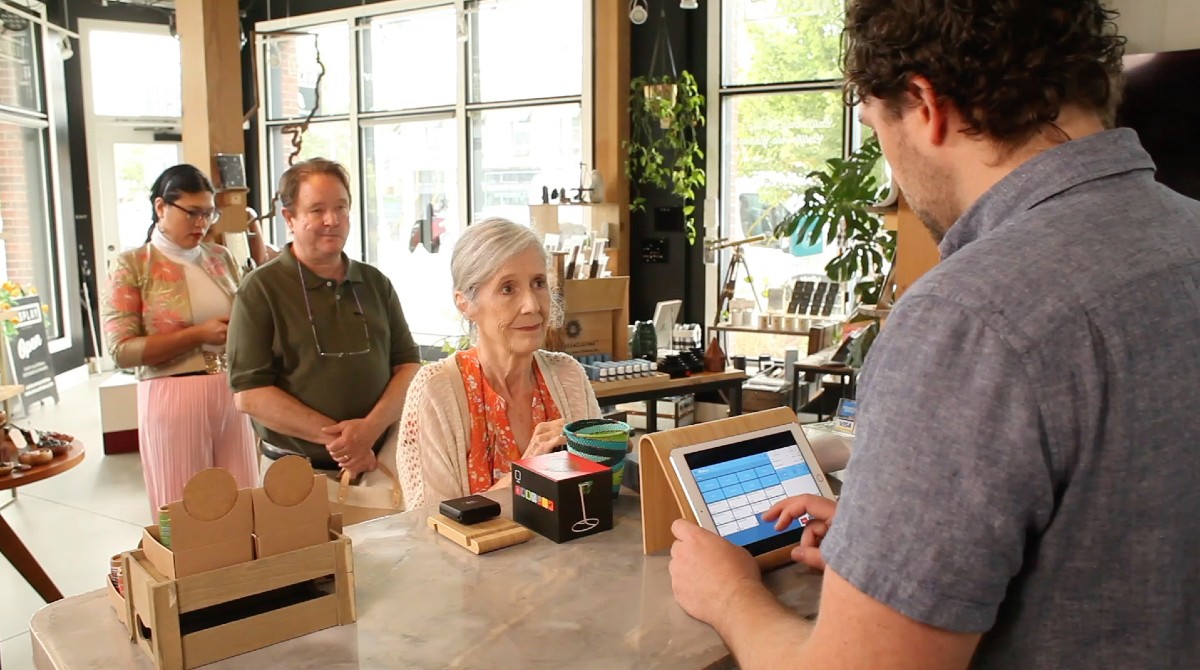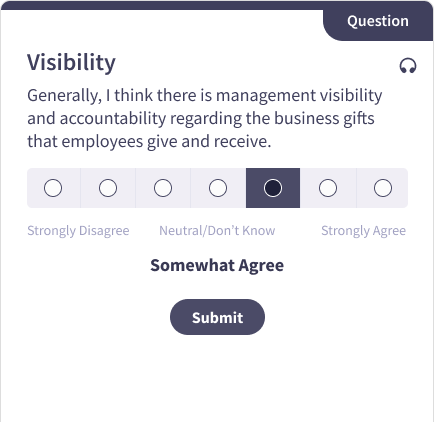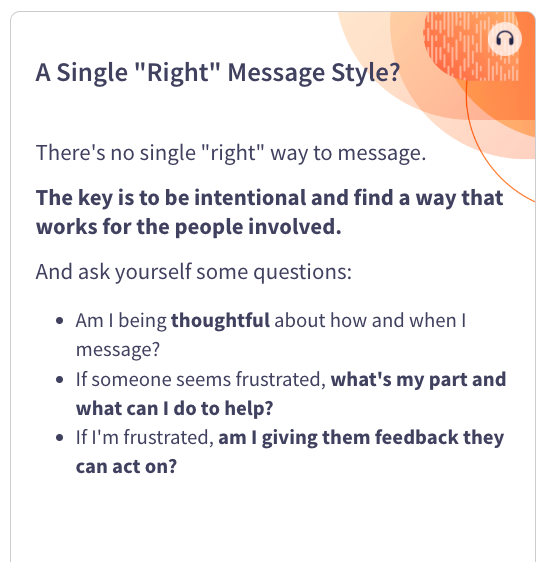
Encouraging Better Outcomes Through Words
While it can be tempting to use negative language to tell people when their behavior isn't appropriate, positive language that shows appreciation and respect often yields better results. Learn to use positive language to guide people toward behaviors you want to see.
Microlesson DescriptionThis microlesson teaches employees and managers how to use positive language to guide people toward behaviors that they want to see. When under stress or other circumstances, we don’t always show up as our best selves, leading to behaviors that lack empathy and patience. The video in this microlesson takes place in a retail setting, showing how positive language, such as saying “thank you,” to a stressed customer, can create positive outcomes. We should always strive to act empathetically and take a positive approach to resolve any situation.
This microlesson is part of Emtrain’s skill-building microlessons for retail. The microlesson teaches the skill of using positive language under the social indicator, Encouraging Empathy.
Key Concepts- How positive language de-escalates a situation
- The different ways to use positive language to guide behavior
- How to use a calm and affirmative tone and voice
Diver deeper into this topic with our on-demand webinar, How to Minimize Conflict with a Shared Language.
Microlesson Features
- Employee sentiment pulsing questions that provide leaders with insights into their workforce's core cultural competencies
- Emtrain's Expert Answers tool, enabling employeees to submit anonymous questions about sensitive issues.
- Rich, contemporary video scences illustrating key concepts through realistic scenarios
- A data driven, skill-based approach to eLearning that establishes a shared language for employees.

Frequently Asked Questions
Below are answers to common questions that employees and managers have about this topic. These FAQs provide a preview of what you’ll learn in this microlesson and why it matters.



